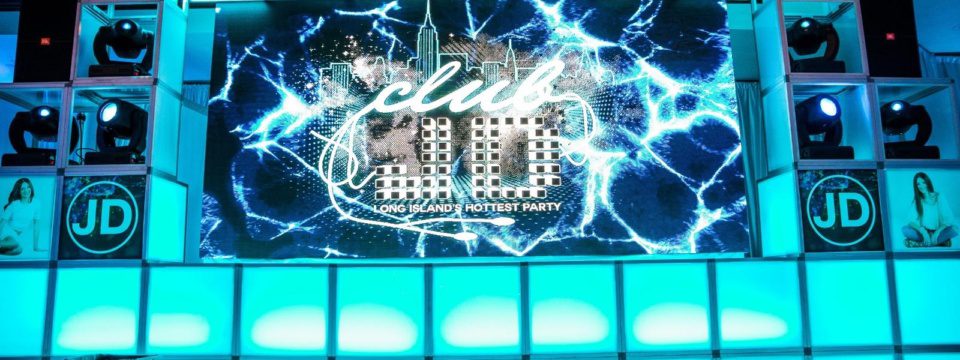Effective Tactics for Addressing Heat Challenges in Light Emitting Diode Wall Screens
Wiki Article
LED wall panels are progressively common for various uses, including promotion, functions, and digital displays. However, excess heat is a significant challenge that can impact their functionality and lifespan. When LED screens overheat, they may decrease in brightness, hue distort, or even malfunction entirely. Grasping the reasons and applying effective strategies to control heat can help maintain the ideal function of LED wall screens. This piece will explore several strategies to address overheating challenges associated with these devices.
One powerful approach for preventing excess heat in LED panel screens is guaranteeing adequate airflow. It is crucial to place these panels in settings where air circulation is sufficient. This can be achieved by placing the screens in a well-ventilated space or using fans to enhance airflow around the units. Additionally, if the panels are installed in a confined area, establishing gaps or using air ducts can help release heat more effectively. Keeping a cooler ambient temperature is crucial, as it directly affects the performance and lifespan of LED wall panels.
Another way to address excess heat is through the use of heat control substances. These materials can help absorb, dissipate, or deflect heat away from the LED components. Heat sinks are frequently used in many digital devices, such as LED screens. These metal components pull heat away from the LED diodes, allowing them to function at a safer heat level. Additionally, heat-conducting compound or pads can be applied to enhance heat transfer between the LED chips and the thermal sinks, further boosting their chilling effectiveness.

Routine care and monitoring of LED wall panels also play a critical part in stopping excess heat. Dirt and debris can accumulate on the faces of these panels, obstructing ventilation and trapping heat. Consistent cleaning, using appropriate tools, will keep the screens free from obstructions. Furthermore, tracking the heat level of the screens can help detect excess heat problems before they become critical. Using heat sensors can provide valuable data, enabling users to take remedial action if the panels begin to exceed secure functioning heat levels.
The use of advanced technology site here can also help tackle excess heat issues in LED wall panels. Many contemporary LED screens come equipped with built-in heat management systems. These systems can instinctively adjust the brightness of the display based on the heat level, lowering heat production when needed. Additionally, program solutions can monitor the performance of the screens and provide alerts if overheating is detected. Using these tools can considerably enhance the durability and reliability of LED panel screens.
In summary, controlling overheating in LED panel panels is essential for guaranteeing their performance and lifespan. Implementing strategies such as providing proper airflow, using heat management materials, conducting routine maintenance, and employing cutting-edge tools can help reduce overheating issues. By implementing these preventive measures, users can benefit from the full benefits of LED wall panels while minimizing the risk of heat-related problems. This approach not only improves the performance of the panels but also contributes to a more eco-friendly and efficient application of technology in various applications.